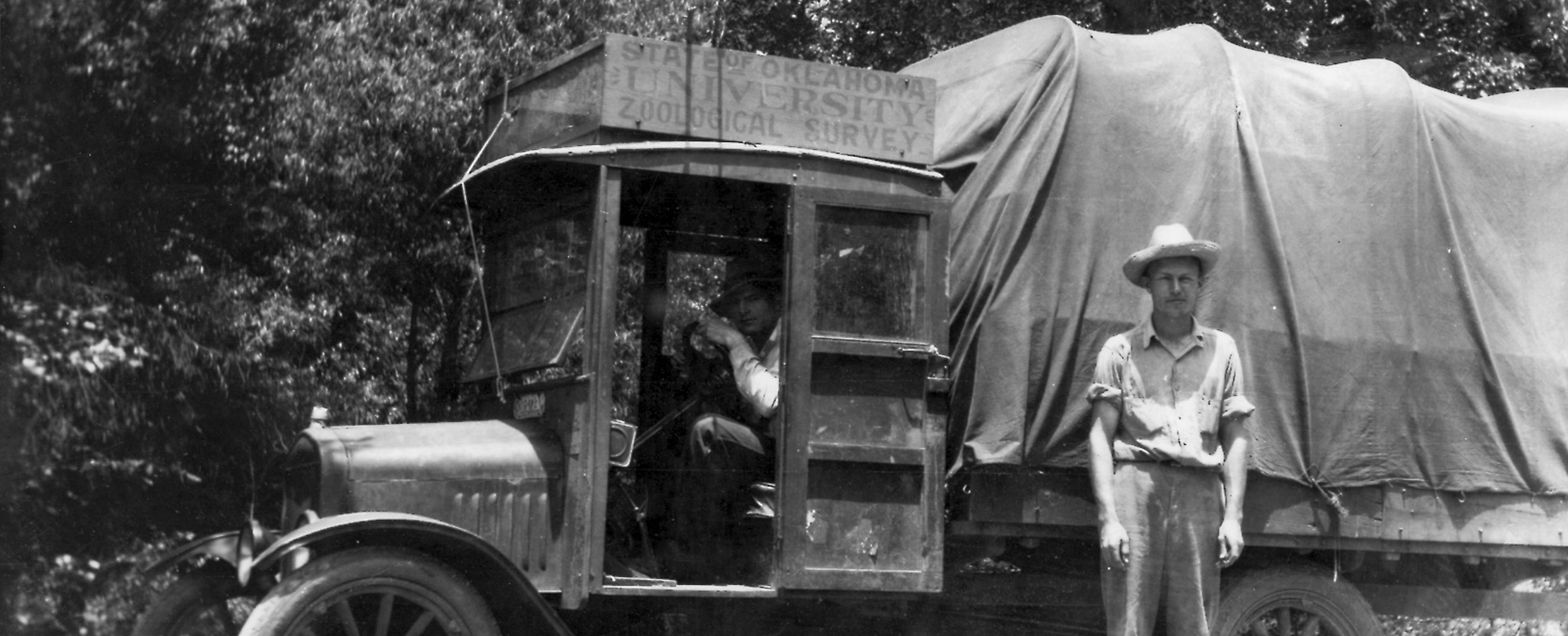
The Oklahoma Biological Survey is both a research unit of the University of Oklahoma and a state office. The mission of the survey is to scientifically investigate the diversity of plants and animals in Oklahoma and associated regions and to contribute to conservation and education concerning these important resources.
Dr. Arthur Ortenburger, an early professor of zoology at the University of Oklahoma, conceived the survey. He began a series of expeditions to survey the state's fauna and flora. Active field expeditions were carried out from 1924 to 1936, and results were published as a series by the survey.
In 1927 the board of regents of the University of Oklahoma established the survey as a research unit of the university. In 1987 the legislature named the Oklahoma Biological Survey as a state agency. Today the survey includes the General Biological Survey program, the Oklahoma Natural Heritage Inventory, the Bebb Herbarium (jointly operated with the university's department of microbiology and plant biology), and the Oklahoma Fishery Research Laboratory (jointly operated with the Oklahoma Department of Wildlife Conservation).
Survey personnel include faculty, staff, graduate students, and undergraduates, all of whom engage in a wide range of research, teaching, and service activities.
Ortenburger Expeditions
In the 1920’s, Dr. Arthur Ortenburger, an early Professor of Zoology at the University of Oklahoma, began a series of expeditions to survey the fauna and flora of Oklahoma. In April 1926, the Oklahoma Wildlife Institute passed a resolution requesting that the Oklahoma legislature establish a state Biological Survey. The Oklahoma Biological Survey was officially established as a scientific bureau of the University by the Board of Regents in 1927. Aute Richards, Head of the Department of Zoology, became the first director.
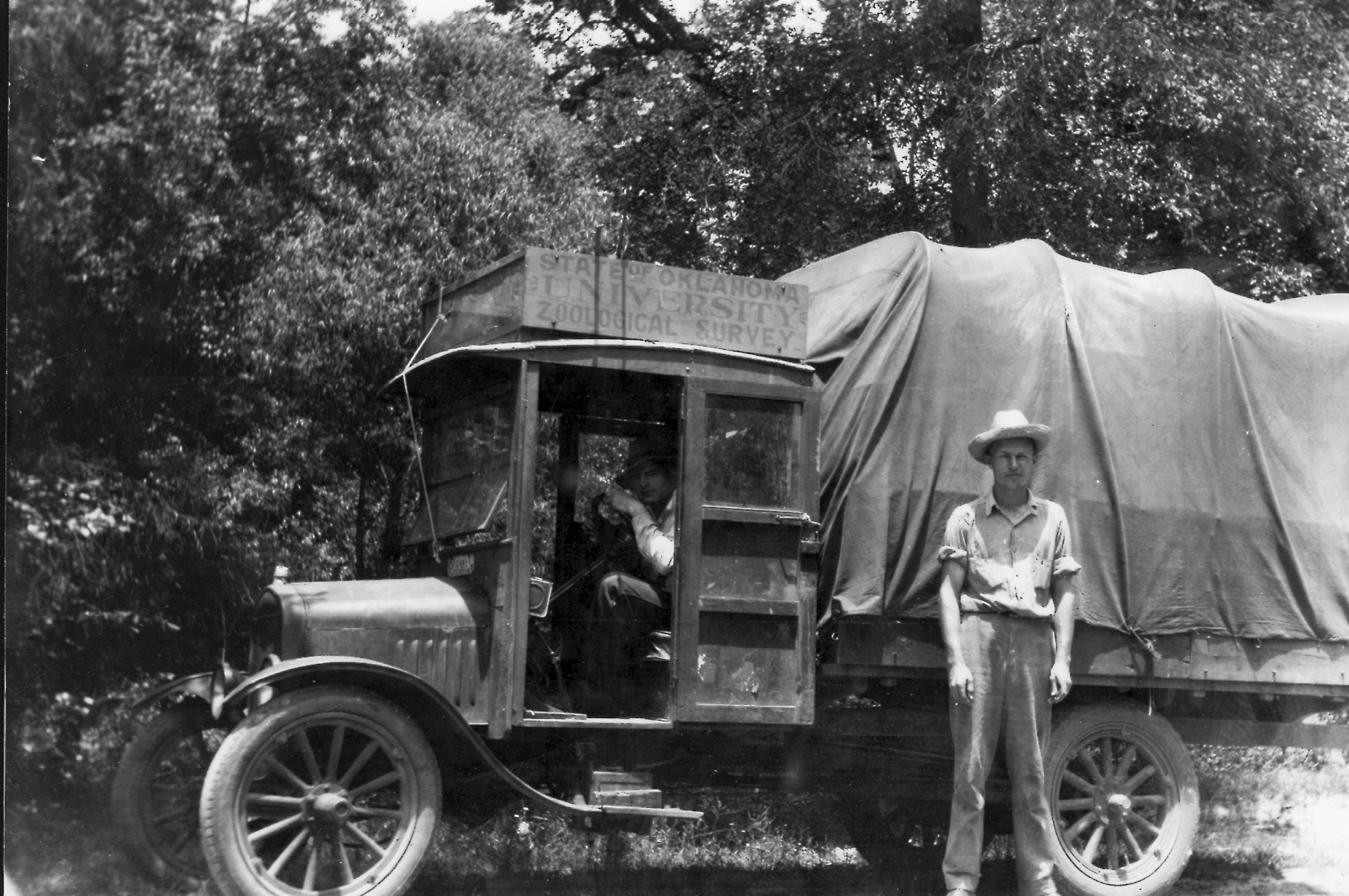
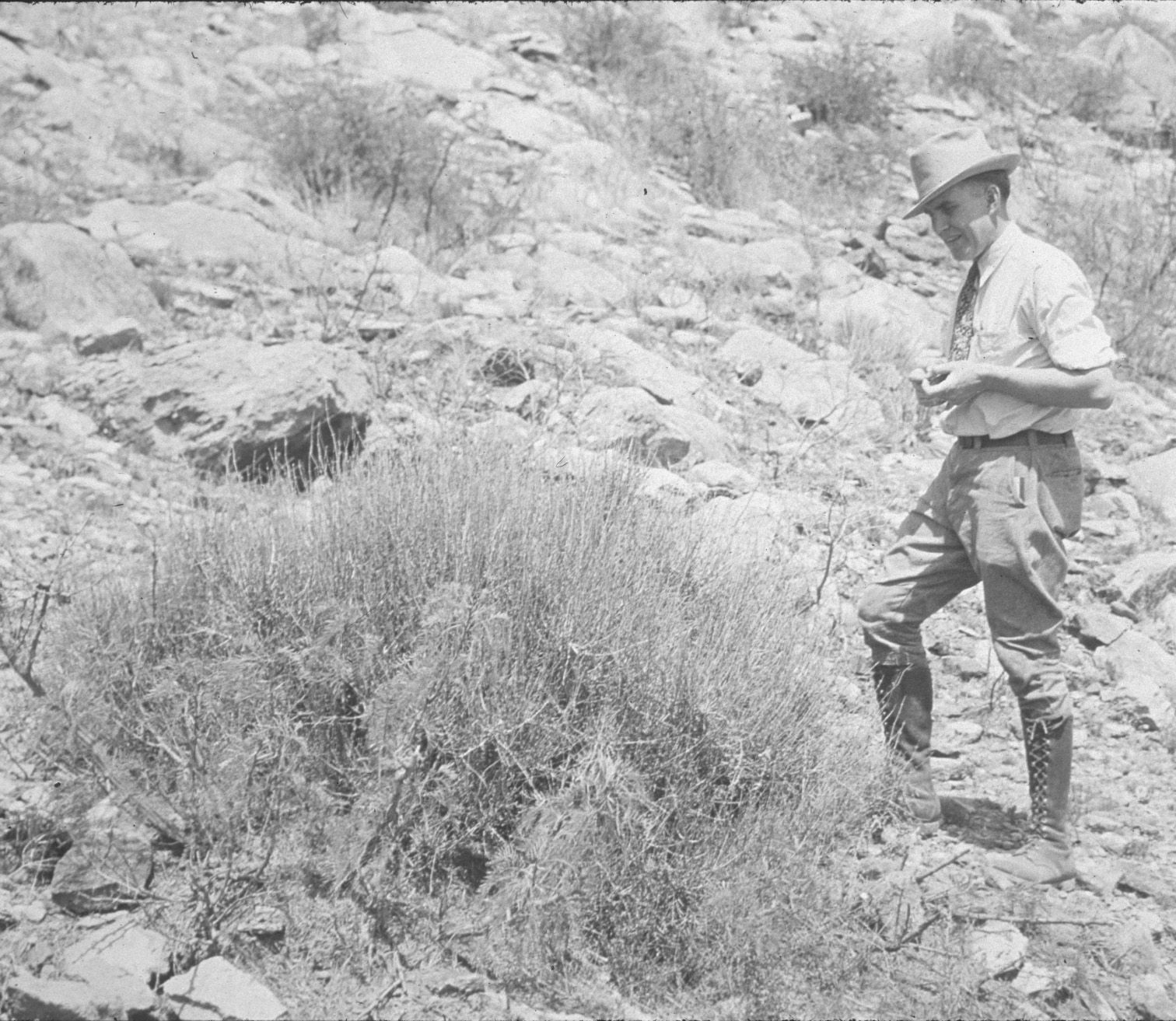
University of Oklahoma biologists carried out active field expeditions from 1924 – 1936. These expeditions typically were joint ventures between the Biological Survey and the then Museum of Zoology. Animal specimens were deposited in the museum and plants in the Bebb Herbarium (see Bebb Herbarium background). The results of many of these expeditions were published by the Biological Survey itself (see early publications of the Oklahoma Biological Survey). During the severe economic depression of the 1930s and World War II, the field expeditions and publications were discontinued. The last issue of the Biological Survey publication series appeared in 1933.
Following World War II the Biological Survey received modest funding that allowed further ecological surveys by biologists such as Drs. George Goodman, Arthur N. Bragg, A.O. Weese, William T. Penfound, Umaldy T. Waterfall, George M. Sutton, and Carl D. Riggs (Director from 1949-1970). During the 1940’s the Biological Survey began a cooperative agreement with the Oklahoma Department of Wildlife Conservation to operate the Oklahoma Fisheries Research Laboratory.
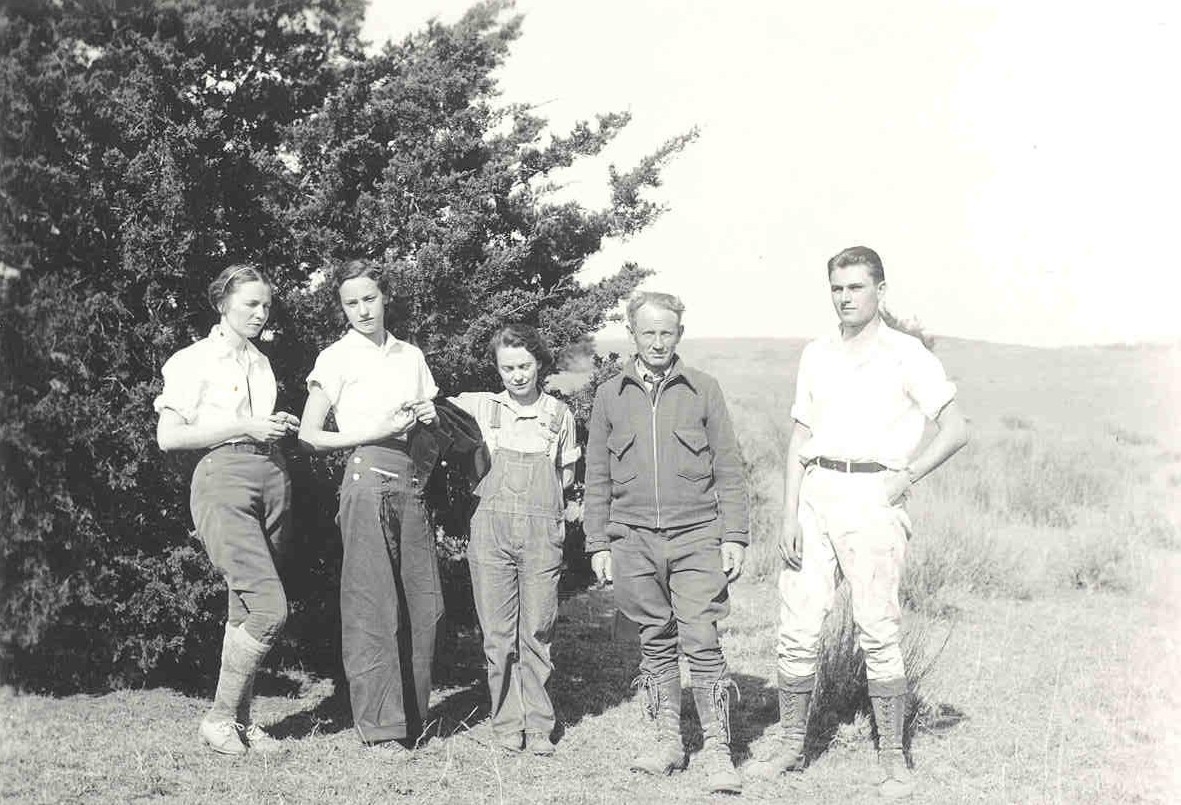
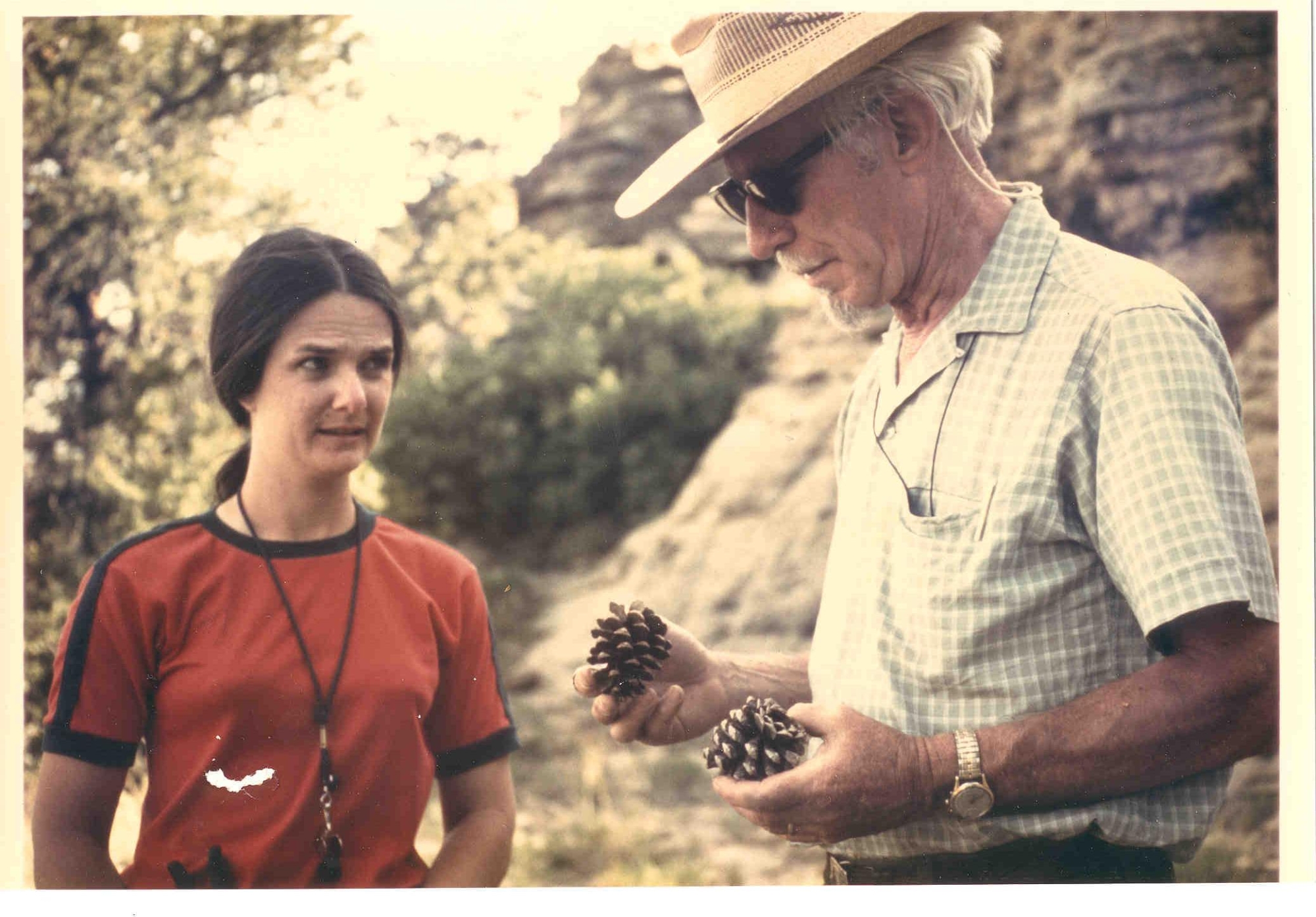
In the 1970’s the Biological Survey began new inventories and surveys, benefiting from increased environmental consciousness in the U.S and the energetic activities of the new Director, Dr. Paul Risser (Director from 1971-1978). Dr. Risser brought the Oklahoma Natural Heritage Program to the Survey with grants from the State Comprehensive Outdoor Recreation Plan in the late 1970’s. Also during this time the Biological Survey began computerizing records of the distribution of animals in Oklahoma in conjunction with the then Stovall Museum of Natural History.
Under the leadership of Dr. Gary D. Schnell (Director from 1978 – 1999), the Biological Survey grew in personnel, research funding, research output, and public service. In 1987 the state legislature designated the Oklahoma Biological Survey a state agency under the University of Oklahoma Board of Regents. The legislation also re-established the Oklahoma Natural Heritage Inventory and provided permanent funding for four biologists, a data manager, and a secretary. With the aid of these new biologists and other Survey staff, external research funding grew from $17,000 in 1987 to well over $1,000,000 in 1993 (a 600 fold increase).